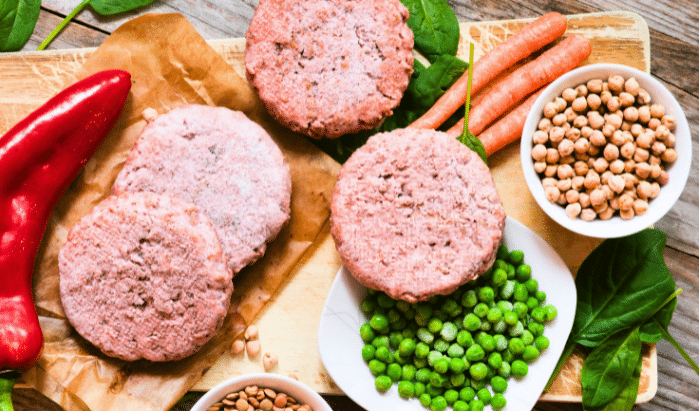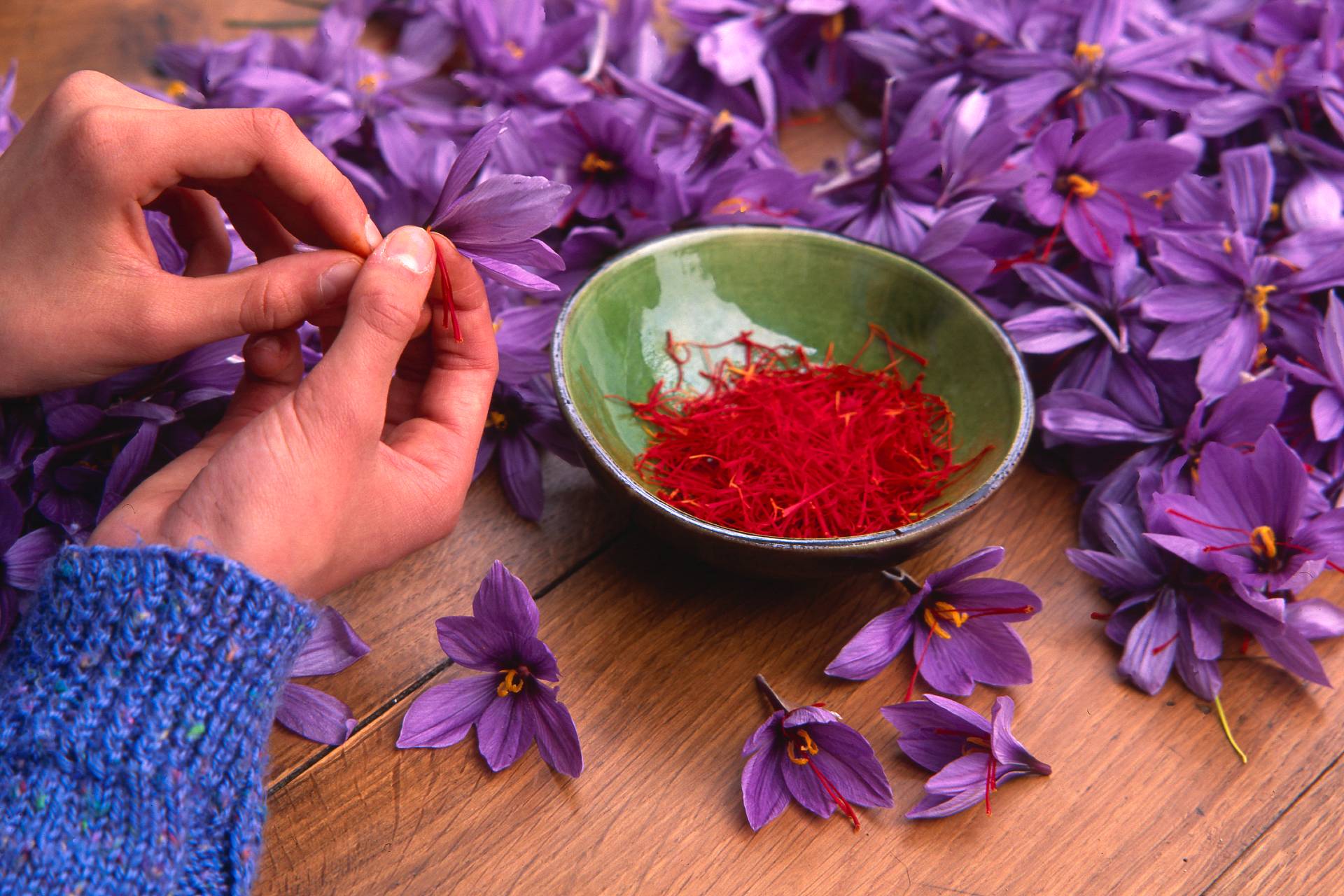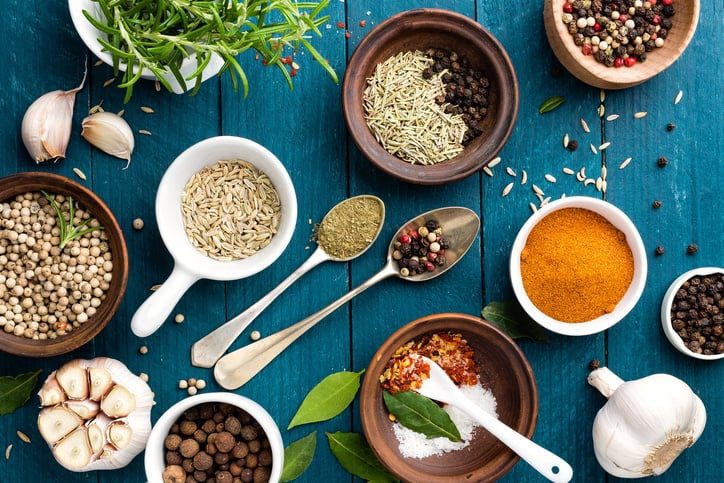Pradeep Kumar Bhupatiraju, Ayush Dixit
This is the second part of a two-part article, which delves into specific aspects of meat substitutes that qualify for patent protection and explore strategies for building a patent portfolio for companies.
In the first part of this two-part article, we compiled the global innovation landscape and market trends in the meat substitute industry. In the second part of this article, we delve into specific aspects of meat substitutes that qualify for patent protection and explore strategies for building a patent portfolio for companies which are active or aspiring to venture into this space.

Patentable Aspects of Meat Substitutes
Patents are filed to protect various aspects of meat substitute innovations. The following is a list of a few patentable aspects of meat substitutes with examples for a fair understanding of the subject:
1. Composition of a Meat-Analogue: Meat substitutes are made of a unique combination of ingredients to replicate the conventional meat taste, texture, and nutritional value. Patents may be sought to protect such unique compositions which enhance the product, process, or a specific characteristic of the meat substitutes.For example, an Indian patent application (202241003683) claims a composition for plant-based meat comprising pea protein, soy protein, fava bean, jackfruit flour, microalgae, water lentils, grains, seeds, yellow pea, and micronutrients.
2. Method/Process for Production: The production process of meat analogues can include novel steps or novel equipment which significantly impacts the meat analogue’s characteristics, including flavour, colour, and texture. For example, a US patent (4185123) claims a method for producing dense, and uniformly layered meat analogues. Another patent application seeks protection for “a supervisory machine intelligence controls for the production of meat substitutes” in India.
3. Functional Additives: Novel functional additives that enhance sensory attributes and nutritional value can be protected under patent law. Hofmann Thomas Frank’s US Patent application (2012023140) claims a monopoly over a flavour-enhancing compound.

4. Cultured meat: All improvements to cultured meat, its composition, and the process of producing the cultured meat qualify for patent protection. For example, an Indian patent application (202121014874) claims an edible scaffolding for cultivated meat. In another example, an Indian patent application (202147026461) is filed for “high quality cultured meat, compositions and methods for producing same”.
5. Specific Characteristics: Improvement to specific attributes like juiciness, tenderness, or mouthfeel may qualify for patent protection. For example, the US Patent application (US20220211089) sought protection for a method to improve mouthfeel and mask undesired notes in consumable compositions.
6Packaging and Preservation Methods: Patents can extend to innovative packaging and preservation techniques. For example, an International Patent Application (WO202258343) was filed for “Preservative and/or antimicrobial composition for food products”.
** Click here to read the full-text **











